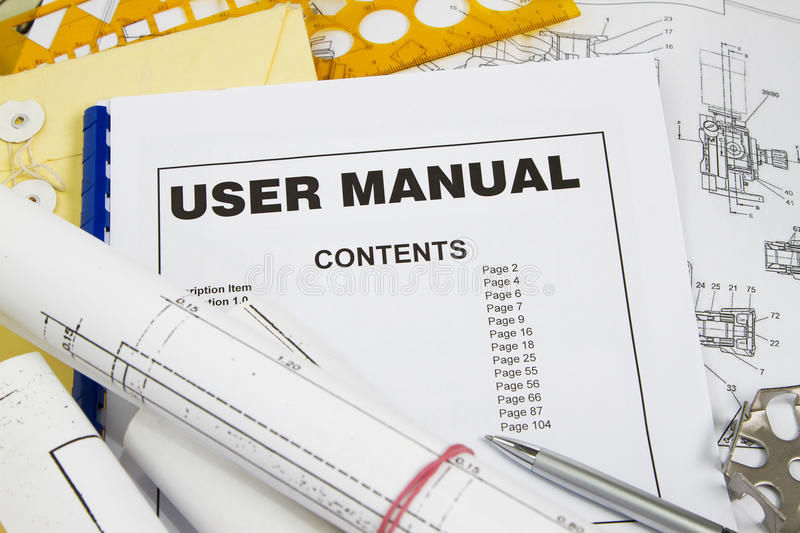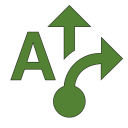
User Manuals
Tag (general use)
How to use the Account and Apps menus, take advantage of auto-update, use the Start Screen and the Samples app.
Scribe (smart content) app
How to define data, write templates, enter data and generate *.docx documents.



